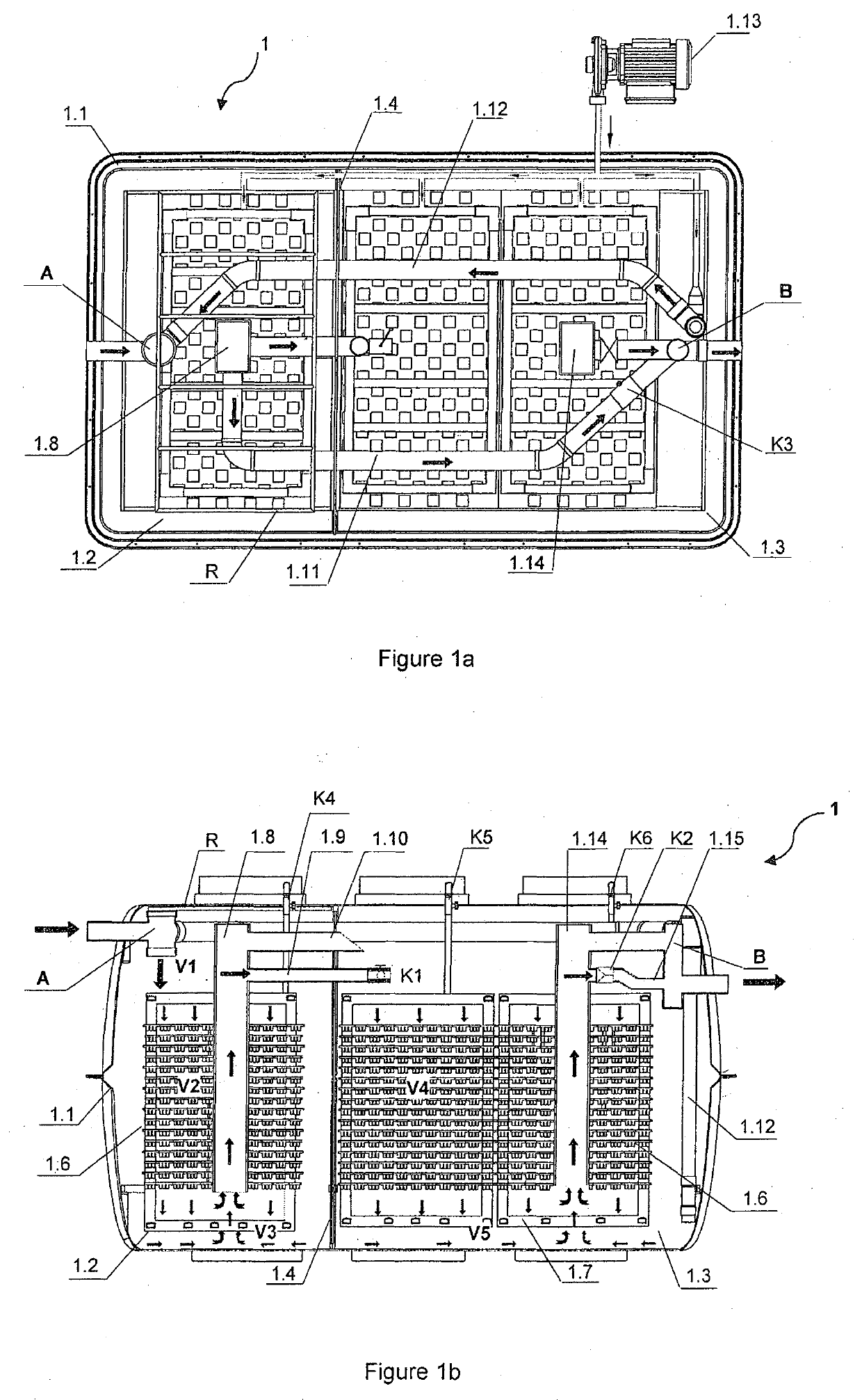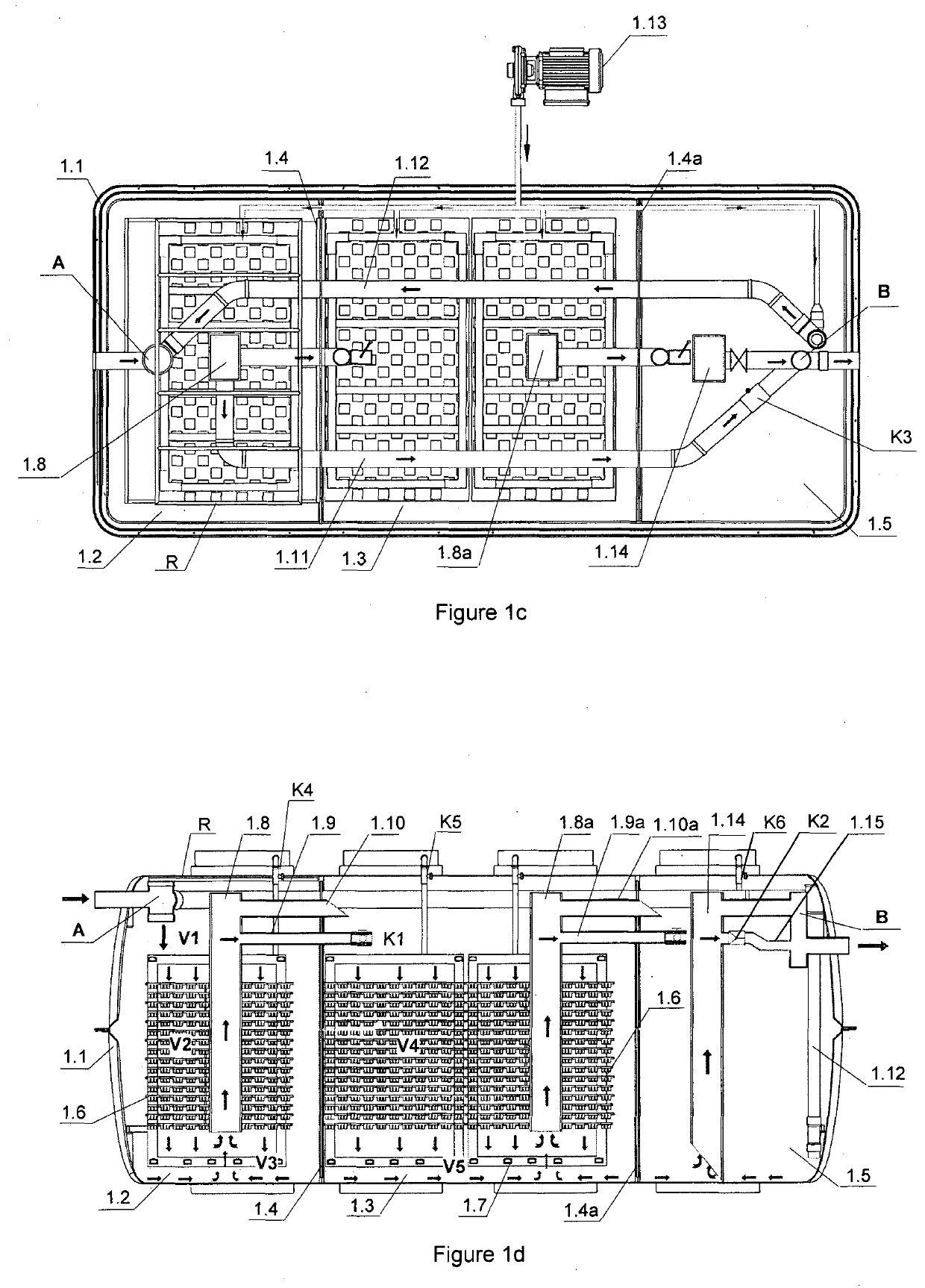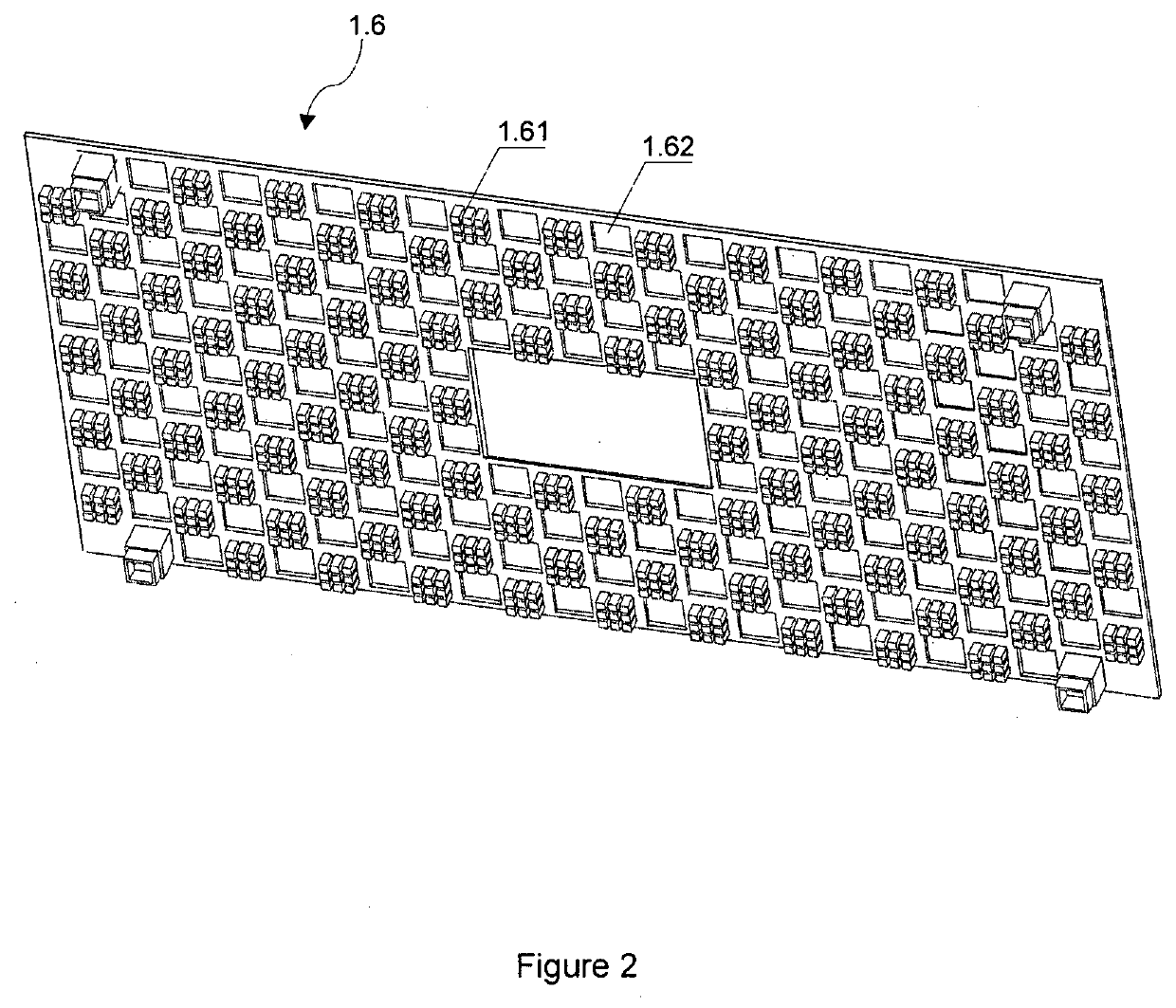Currently, the techniques to collect and treat wastewater and drainwater has many disadvantages and do not meet practical needs.
Meanwhile, techniques to collect, treat wastewater and drainwater is now too old and very outdated, the achievements of modern
biotechnology have not been applied appropriately in the environmental field.
Due to not using conditioning, some apparatus have high water-soluble gas contents.
The chemical or physical anticeptic process both require apparatus which is complicate and easy to be broken.
Current wastewater treatment technology allow limited mixing kinds of wastewater from sources to each other, do not allow to collect wastewater combining with the rainwater drainage.
Meanwhile the issue of investment for construct a wastewater collecting system separately from rainwater in urban areas is now complicated and expensive.
. . thus consume a lot of energy, a possible failure of
electrical equipment is very high, therefore maintenance and replacemence of the system must be done more frequently, thus it is very complicated and expensive.
These wastewater treatment techniques require conditioning tank, preliminary
treatment system for filtering
sludge, treating
sludge, collecting and treating gas that is very complicate.
In addition, the current wastewater treatment techniques need to use a great amount of chemical or physical rays for disinfection and deposition aid chemical that indirectly causes industrial emissions, increasing the
greenhouse effect, residue
chemical used for disinfection affect to the
biodiversity.
Most centralized treatment plants has a
disadvantage in that they entirely depend on the amount of collected wastewater.
In fact, in the
dry season, in the centralized
water treatment plant, the wastewater is collected in an amount of usually 20% lower than the total amount of wastewater sources as planned, leading to lacking of water for treatment
plant, not enough load to operate.
The amount of wastewater in the rainy season in some areas is 2 times higher than the amount of water from waste sources as planned, leading to the treatment
plant is overload.
However, difficulties will occur in
processing technology due to the variety of types of waste, diffirence in types and
contamination levels of contaminants needed to be treat, maintaince operating conditions of the
treatment system.
The purpose of the
septic tank is used to mineralize the waste into
solid waste to release through the exhaust vents, while the solute in the wastewater is pushed out of the
apartment, enter the rainwater drainage system, or self-absorbed to the ground, causing serious environmental
pollution and
storm water drainage systems often cause trapped floods.
At the
discharge holes, toxic gases concentrate to cause local pollution of hundreds or thousands of times compared to the allowable limits.
However, the amount of chemicals and heavy
metal components in wastewater in industrial zones and villages are often negligible.
As known, the current wastewater treatment systems use substrates and carriers for
microorganism which has not improved much and of type available on the market, appropriate to existing biotechnology exhibiting low effect in treatment.
Dense microorganisms populations do not have sufficient attached area, thus they form
mass and settle to the bottom of the apparatus and form biological
sludge which required biological sludge to be sucked out regularly.
This carriers is vulnerable to dysfunction in a long time and does not operate in accordance with the principle, lead to prolonged periods of water fail quality requirements for
discharge into the environment.
In particular, the area around the middle of the disk of gas or gas distribution pipes will have no air, thus in this area, there is a phenonmena of the integrated carriers became anaerobic region, and pressure losses in the gas distribution plate and gas distribution pipes is very high.
The existing biological carriers and substrate have many disadvantages, namely biochemical efficiency is not high and energy intensive, require unblock, dredge much during use,
operating system is unstable and produce a lot of sludge.
Besides, the current treatment techniques do not allow mixing types of wastewater together to
handle but only allow mixing certain types of wastewater together.
These techniques do not allow rainwater to accompany wastewater to treatment equipment, and it is still neccessary to separate rainwater and wastewater, preventing highly alkaline substances, detergents,
antibiotics, chemicals substances in
medicine, still have to use chemicals such as
chlorine or
ozone or physical rays for disinfection.
The dry ventilation (vent pipe separate with drainage) does not have higher utility compared to the wet ventilation (ventilation and drainage pipe along the same pipe line), it complicates the process of construction the connecting pipe, occupy more space, cause high cost and difficulty in operation and maintainace.
Horizontal
collection system will reduce the
oxygen (O2) supplied to the microorganisms in the wastewater, resulting in the wastewate in a state of deep anaerobic, therefore generates lot of
toxic gas escaped into external environment, the focus of this
toxic gas in the vent hole of the collection system.
On the other hand, this collection systems are difficult to repair and difficult to detect clogged point, difficult to dredge when them are blocked.
When heavy rain, water from outside flow into the pipe via leaked joints, bringing all the
dirt, causing congestion of pipes; Microorganisms grow in the interstices of the
sediment, creating an area of blocks,
cut and create
lightning filled merchandise inside the drain, leading to dredge the sewers become complicated.
Due to
existing treatment technology do not allow, and limit the
water flow, thus collecting systems
restrict the incorporation of the sources of wastewater and do not allow to mix wastewater with rainwater.
Even the collection system that enables to collect some types of wastewater in a building including
toilet, bathroom, kitchen, floors, cleaning wastewater in a common pipe but it has not allow rainwater to come along with wastewater.
 Login to View More
Login to View More 


